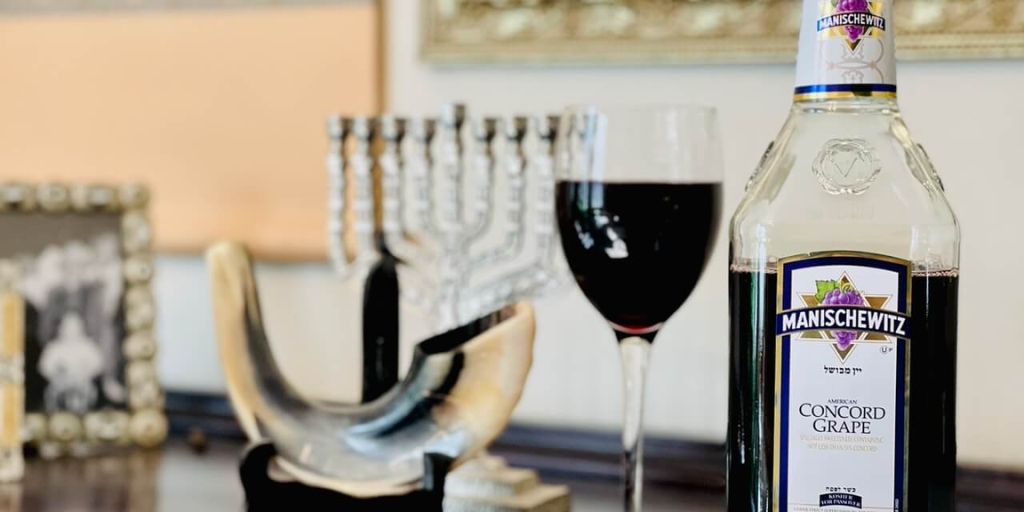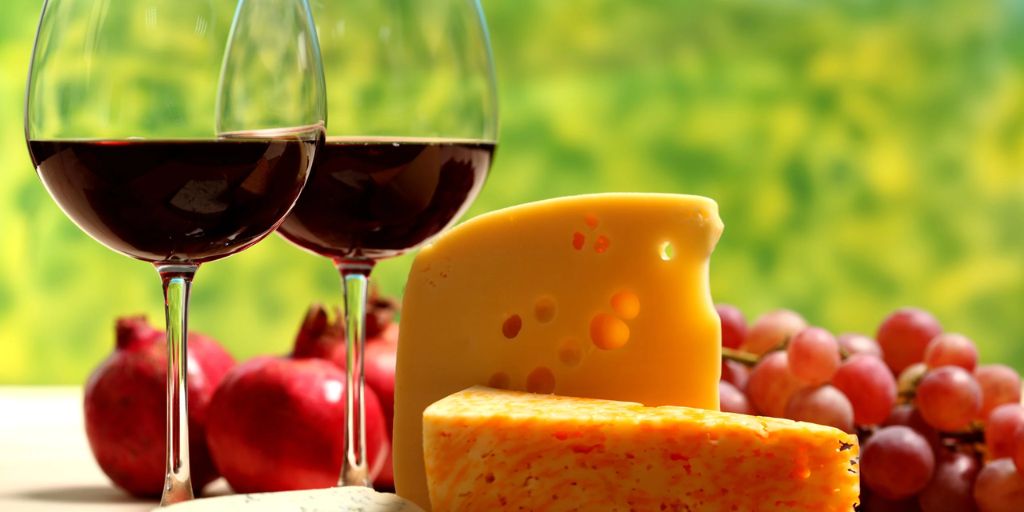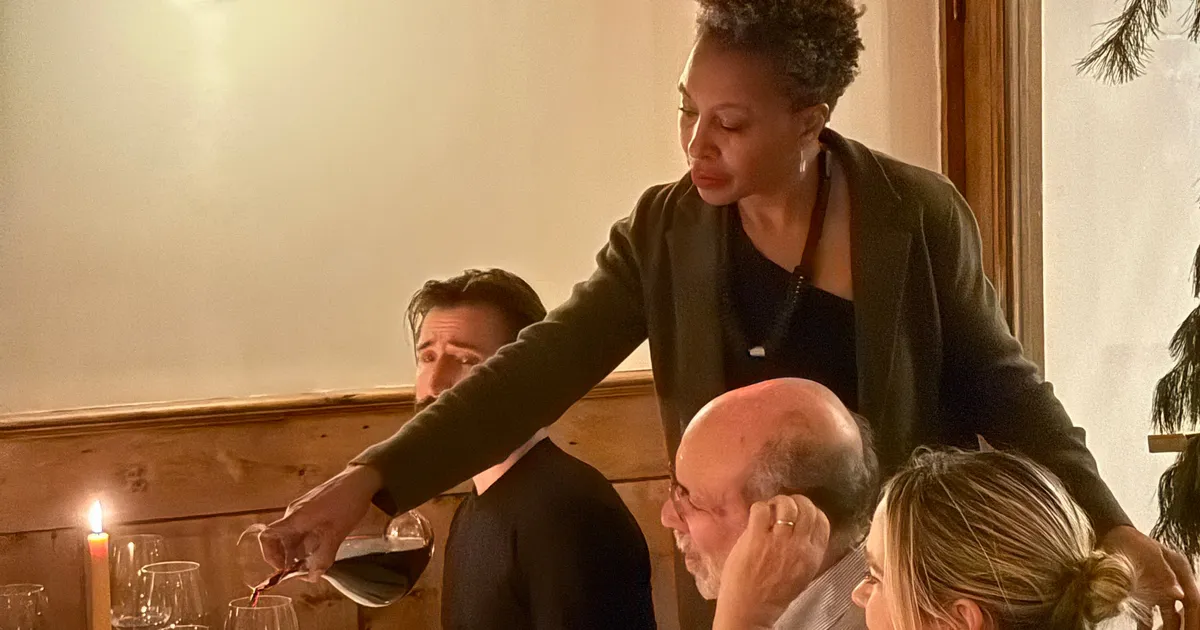Wine has long been a symbol of hospitality and refinement. At dinner parties, it plays a starring role—not just as a beverage, but as a social glue that brings people together.
Yet serving or enjoying wine in a group setting isn’t as simple as opening a bottle and pouring glasses. From selection and serving to sipping and discussing, wine etiquette can elevate a dinner party from good to unforgettable.
Whether you’re hosting your first gathering or attending as a guest, following a few key wine etiquette tips can enhance the experience for everyone involved. This guide walks through the essential do’s and don’ts to help you enjoy wine gracefully and respectfully at any dinner party.
1. Choosing the Right Wines
The foundation of good wine etiquette at a dinner party starts with the wine itself. A thoughtful selection shows consideration for your guests and the menu.
For Hosts:
-
Match the food: If you’re serving seafood or poultry, consider a white wine like Sauvignon Blanc or Chardonnay. For red meat, opt for fuller-bodied reds like Cabernet Sauvignon or Syrah.
-
Have options: Offering both red and white wines gives guests flexibility, especially when courses vary in flavor and intensity.
-
Plan the order: Serve wines from light to heavy—sparkling or white first, then move to fuller reds or dessert wines later.
For Guests:
-
Bring a wine gift respectfully: If you’re bringing wine for the host, make it a thoughtful gesture—not a demand to open it. The host may already have a wine plan.
-
Label optionality: A small tag saying “For your collection” lets the host know it’s a gift, not necessarily for immediate use.
2. Proper Wine Serving Etiquette
Serving wine correctly is not just about presentation—it also enhances the wine’s flavor and enjoyment.
Serving Temperatures:
-
Sparkling wines: 40–45°F (ice cold)
-
White wines and rosés: 45–55°F
-
Light reds (e.g., Pinot Noir): 55–60°F
-
Full-bodied reds: 60–65°F (cool room temp)
If needed, chill reds slightly or let whites warm up from the fridge. A wine served at the right temperature always makes a better impression.
Decanting:
-
Decant bold reds like Bordeaux, Barolo, or Syrah to soften tannins and enhance aromas.
-
Young wines benefit from oxygen exposure, while aged wines may need decanting to remove sediment.
Glassware:
-
Use clean, odor-free stemmed glasses appropriate to the wine type:
-
Tulip-shaped for whites
-
Wider bowls for reds
-
Flutes for sparkling
-
Avoid using heavily scented detergents or cloths that leave behind residues.
3. Pouring with Grace
When it’s time to pour, elegance and moderation matter.
For Hosts:
-
Pour modestly: Fill wine glasses no more than one-third full. This allows space to swirl and releases aromas.
-
Offer refills courteously: Ask before topping up. Don’t pressure anyone to drink more than they wish.
For Guests:
-
Wait your turn: Let the host pour, or if it’s a casual setting, serve others before yourself.

-
Hold the glass by the stem: This prevents warming the wine and keeps the bowl free from smudges.
4. Tasting and Toasting with Style
Dinner parties often involve tasting and toasting rituals that add fun and formality to the evening.
Tasting Tips:
-
Swirl the wine gently to aerate it.
-
Take a small sip and let the wine coat your palate.
-
Share observations if others are discussing the wine—but don’t dominate the conversation.
Toasting Etiquette:
-
Let the host lead: It’s customary for the host to initiate the first toast.
-
Make eye contact: Clink glasses gently and make eye contact as a sign of sincerity.
-
Use a soft touch: Don’t raise your glass above your head or bang glasses hard.
5. Mindful Drinking and Conversation
Wine is meant to be savored, not chugged. The best dinner parties strike a balance between enjoyment and restraint.
Drink in Moderation:
-
Sip slowly and appreciate the wine.
-
Know your limits, and alternate with water if needed.
-
If multiple wines are served, take small portions to avoid overconsumption.
Avoid Wine Snobbery:
-
Keep wine talk inclusive. Avoid jargon unless everyone’s on board.
-
Don’t shame others for their preferences—there’s no wrong way to enjoy wine.
Know When to Spit or Decline:
-
At more formal dinners, or when multiple wines are being served, spitting is acceptable in designated containers.
-
If you don’t want more wine, simply say, “No thank you.” No explanation needed.
6. Navigating Wine Faux Pas Gracefully
We all make mistakes, but handling them well is part of good etiquette.
-
Spilled wine: If you’re the spiller, apologize and help clean it up. If someone spills on you, be gracious—accidents happen.
-
Wrong pairing: Don’t criticize the host’s wine and food choices. Enjoy the effort and focus on the conversation.
-
Broken cork: If hosting, keep calm and strain the wine through a cloth if needed. It’s not the end of the world.
7. When the Evening Ends
The way you handle wine etiquette after the party can leave a lasting impression.
For Hosts:
-
Offer to cork unfinished bottles for guests to take home (if appropriate).
-
Thank anyone who brought wine and consider enjoying it with them on another occasion if it wasn’t opened.
For Guests:
-
If you brought wine and it was not opened, don’t ask for it back.
-
Follow up with a thank-you message, especially if you particularly enjoyed a wine the host served.
8. Extra Touches for Wine-Forward Hosts
Want to go the extra mile? Try these wine-friendly enhancements:
-
Create a wine list: If serving multiple wines, offer a printed or digital list for guests.
-
Wine flights: Serve smaller pours of three different wines for a more interactive tasting experience.
-
Pair with cheese: Add a small cheese plate that complements your wine selections.
-
Provide spittoons: For formal tastings, include discreet containers for those who choose to spit.
Conclusion
Wine etiquette at dinner parties isn’t about following rigid rules—it’s about enhancing the social and sensory experience for everyone around the table. From selecting the right bottle to pouring, toasting, and sharing, a thoughtful approach to wine demonstrates respect for your guests and the meal you’ve created or been invited to.
Ultimately, the best wine etiquette stems from one principle: hospitality. When wine is enjoyed with generosity, mindfulness, and good company, it becomes more than a drink—it becomes part of the memory.


